I am trying to upload many (3 for now) files in parallel using XMLHttpRequest. If have some code that pulls them from a list of many dropped files and makes sure that at each moment I am sending 3 files (if available).
Here is my code, which is standard as far as I know:
var xhr = item._xhr = new XMLHttpRequest();
var form = new FormData();
var that = this;
angular.forEach(item.formData, function(obj) {
angular.forEach(obj, function(value, key) {
form.append(key, value);
});
});
form.append(item.alias, item._file, item.file.name);
xhr.upload.onprogress = function(event) {
// ...
};
xhr.onload = function() {
// ...
};
xhr.onerror = function() {
// ...
};
xhr.onabort = function() {
// ...
};
xhr.open(item.method, item.url, true);
xhr.withCredentials = item.withCredentials;
angular.forEach(item.headers, function(value, name) {
xhr.setRequestHeader(name, value);
});
xhr.send(form);
Looking at the network monitor in Opera's developer tools, I see that this kinda works and I get 3 files "in progress" at all times:
However, if I look the way the requests are progressing, I see that 2 of the 3 uploads (here, the seemingly long-running ones) are being put in status "Pending" and only 1 of the 3 requests is truly active at a time. This gets reflected in the upload times as well, since no time improvement appears to happen due to this parallelism.
I have placed console logs all over my code and it seems like this is not a problem with my code.
Are there any browser limitations to uploading files in parallel that I should know about? As far as I know, the AJAX limitations are quite higher in number of requests than what I use here... Is adding a file to the request changing things?

